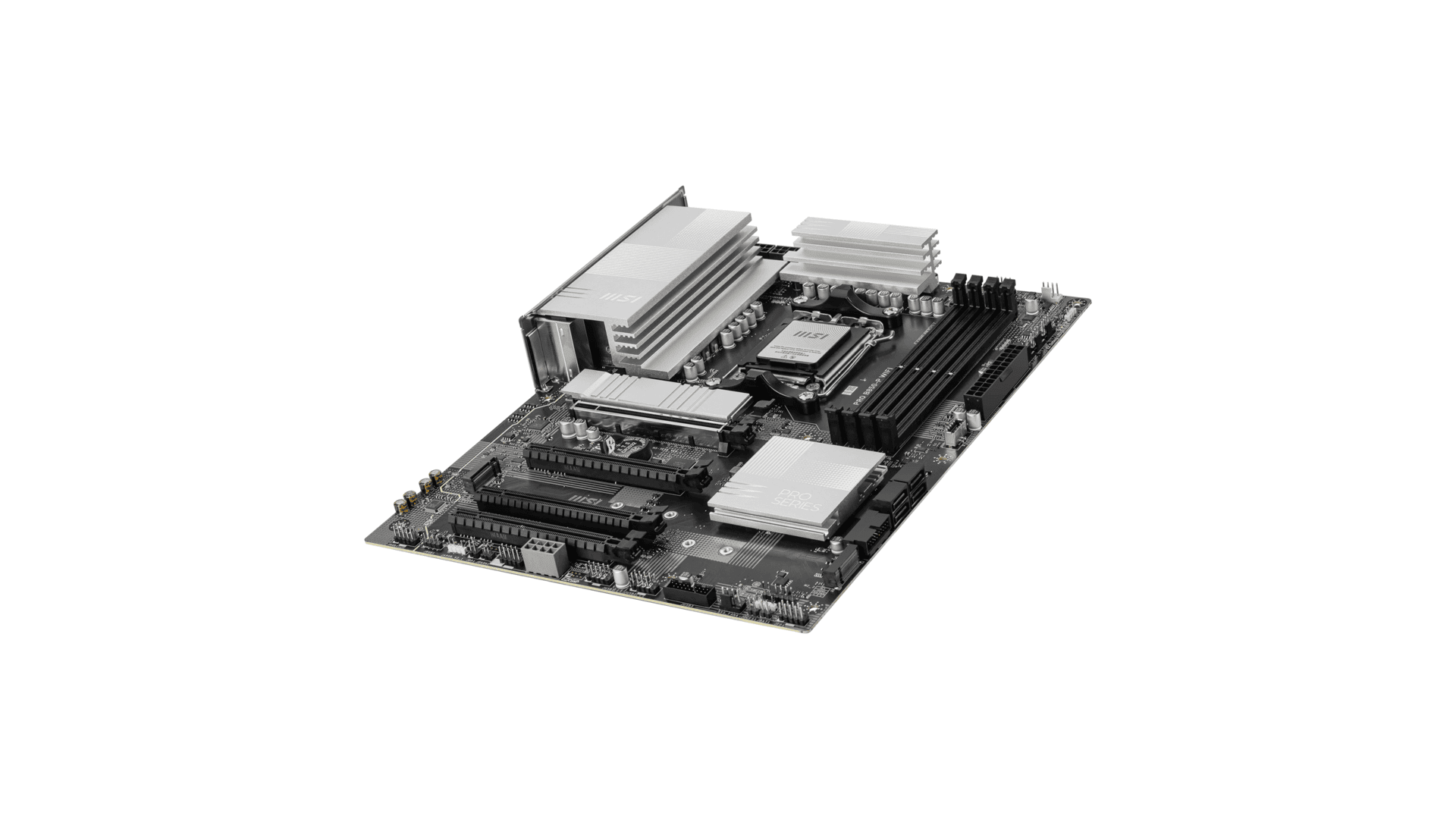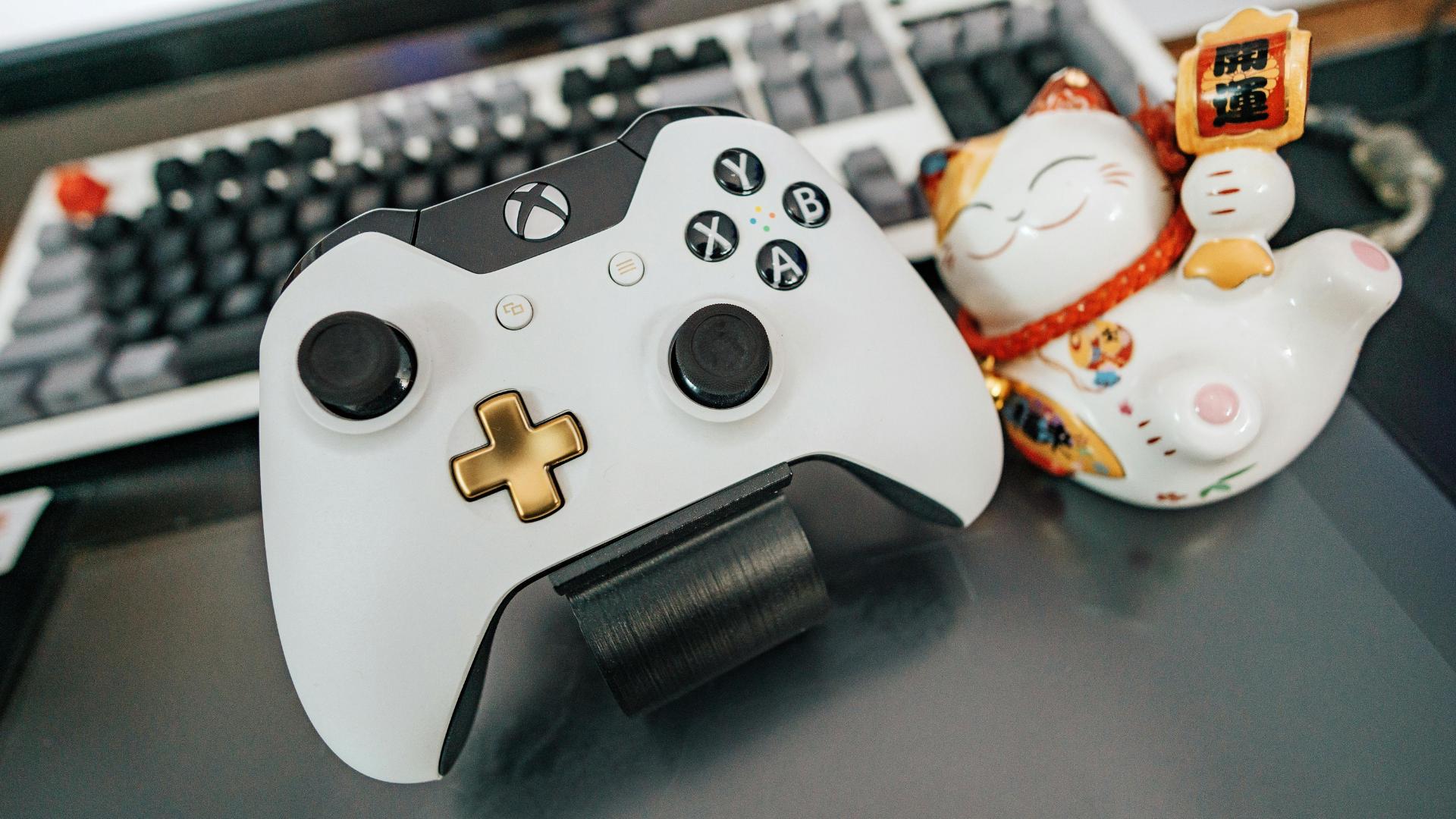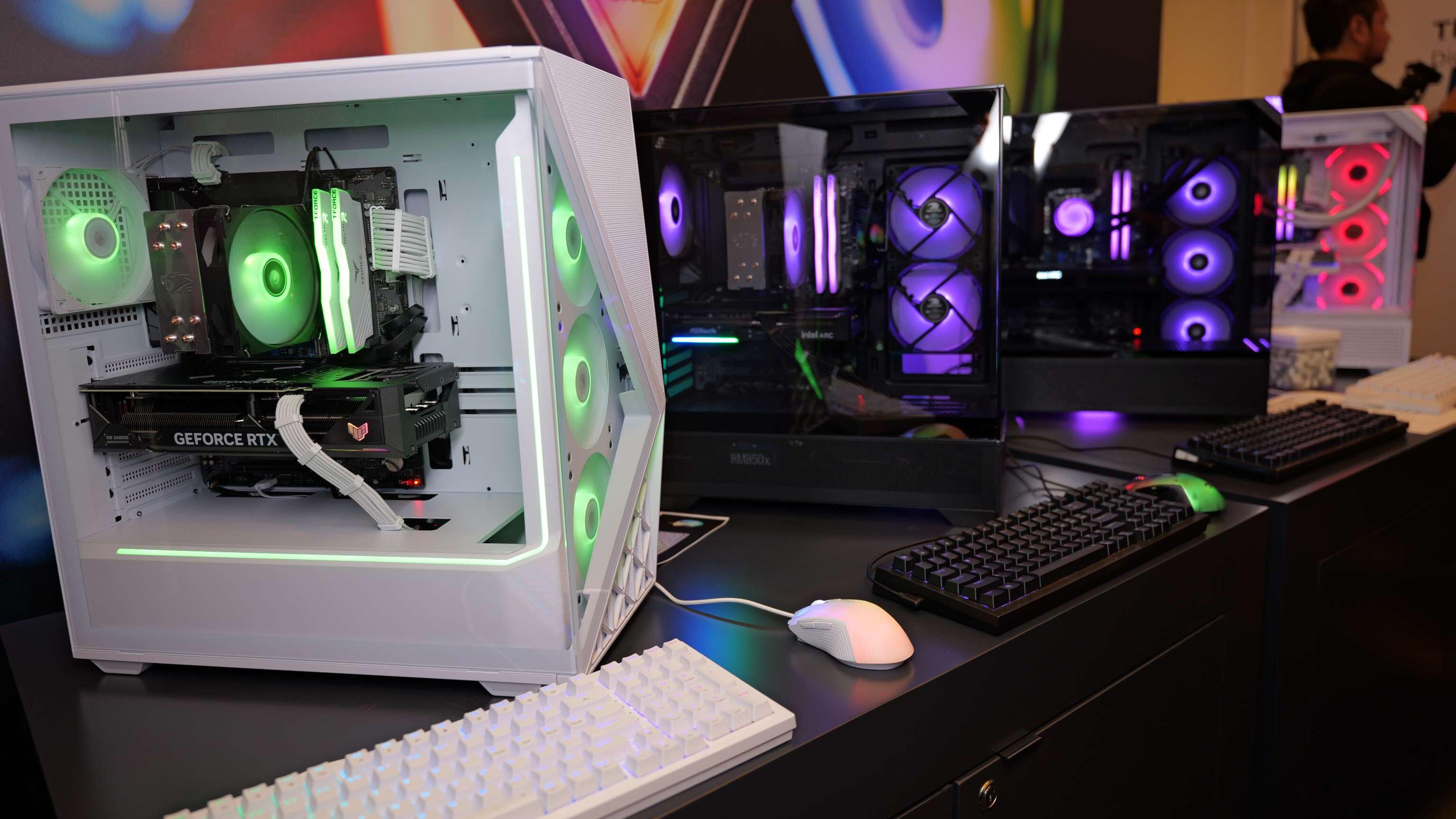Speed and efficiency are vital to any computer-related task, which is where PCIe (Peripheral Component Interconnect Express) comes in. PCIe is a high-speed connection that allows all components in a PC case to communicate with the motherboard, from powering high-end graphics cards to enabling ultra-fast NVMe SSDs.
PCIe also has different generations, with PCIe 4.0 and PCIe 5.0 being the most current and reliable iterations. Whether you’re building computers or upgrading gaming PCs, understanding PCIe and how to optimize it is crucial.
What Is PCIe?
PCIe is a high-speed interface that transfers data between a computer’s motherboard and its various components. By connecting devices such as GPUs, SSDs, and network cards directly to the motherboard, PCIe provides the bandwidth and low latency necessary for gaming.
One of PCIe’s most valuable features is its lanes. A lane is a set of data pathways that sends and receives information simultaneously. Different components use different lane counts depending on their bandwidth needs:
x1: Low-bandwidth peripherals such as sound cards or network adapters
x4 and x8: Mid-range devices like SSDs and RAID controllers
x16: High-performance devices like graphics cards or accelerators
Aside from its lane usage, there are several advantages to PCIe.
PCIe delivers:
Speed: Faster data transfer rates than older interfaces like USB or SATA
Reliability: Dedicated lanes reduce lag, stuttering, and bottlenecks
Scalability: Flexible configurations (x1 to x16) for different devices
Versatility: Supports a wide range of components, from GPUs to SSDs
Backward compatibility: New devices can operate in older PCIe slots at reduced speeds
Energy efficiency: Built-in power-saving features keep systems cooler and more efficient
Universal compatibility: As an industry standard, PCIe works across brands and component types
PCIe is a significant step forward from the older PCI standard. While PCI relied on a parallel bus, where all devices shared bandwidth, PCIe uses serial point-to-point connections. These connections provide each device with a dedicated communication path, eliminating bottlenecks and enabling significantly faster and more reliable data transfers.
PCIe also supports flexible lane configurations and higher clock speeds for better performance and future scalability.
How Does PCIe Work?
At its core, PCIe is a high-speed, point-to-point connection between a motherboard and a PCIe-compatible device. Instead of multiple devices sharing a single bus, each PCIe device gets its own dedicated channel.
Some common uses of PCIe include:
Faster Storage: NVMe SSDs connected via PCIe lanes can achieve lightning-fast read and write speeds, ideal for large file transfers and quick game load times.
Graphics Upgrades: High-performance GPUs require x16 PCIe slots for maximum bandwidth and optimal gaming performance.
Multi-Monitor Setups: PCIe enables seamless and responsive operation with multiple displays.
Network Expansion: High-speed network cards, including 10 GbE adapters, also use PCIe for reliable throughput.
High-Speed Data Transmission
PCIe relies on differential signaling, meaning data travels over pairs of copper wires, one carrying the signal and the other its inverse. Modern PCIe generations support data rates of up to 16 GT/s (gigatransfers per second) or higher, ensuring ultra-fast performance for everything from gaming to professional rendering.
What Is PCIe 4.0?
PCIe 4.0 is the PCIe standard’s fourth generation. It doubles the bandwidth of PCIe 3.0, offering 16 GT/s per lane. An x16 PCIe 4.0 slot provides up to 32 GB/s of unidirectional bandwidth (64 GB/s bidirectional), which is a massive boost for gaming, video editing, and cloud computing.
What Is PCIe 5.0?
PCIe 5.0 is the fifth and latest mainstream generation, doubling performance again. With 32 GT/s per lane, an x16 slot can deliver up to 64 GB/s of unidirectional bandwidth (128 GB/s bidirectional).
This leap makes PCIe 5.0 ideal for:
Artificial Intelligence (AI) and machine learning
High-performance computing and scientific workloads
4K and 8K video editing
Next-gen gaming and VR experiences
Large-scale cloud infrastructure
PCIe 5.0 introduced electrical enhancements and advanced signal equalization to maintain integrity at higher frequencies. It keeps the same 128b/130b encoding as PCIe 4.0 but dramatically increases throughput, enabling ultra-fast NVMe SSDs, GPUs, and network cards.
The Differences Between PCIe 4.0 vs. PCIe 5.0
The biggest difference is bandwidth. PCIe 5.0 doubles the maximum speed of PCIe 4.0, creating more headroom for data-intensive applications.
While PCIe 4.0 is still good enough for a majority of gamers today, PCIe 5.0 ensures:
Faster file transfers and game loading
Better support for AI and machine learning workloads
Higher throughput for next-gen GPUs and storage
Greater futureproofing for upcoming software and hardware demands
For most gamers, PCIe 4.0 remains more than capable of meeting their needs. Even PCIe 3.0 can still handle today’s GPUs without significant bottlenecks. Unless you’re working in AI modeling, next-gen video production, or data science, PCIe 4.0 provides excellent value.
That said, PCIe 5.0 is the better long-term investment. As more devices and games take advantage of its higher bandwidth, building a system with PCIe 5.0 support can extend your PC’s lifespan and simplify future upgrades.
Compatibility Between PCIe Generations
Both PCIe 4.0 and 5.0 are backward- and forward-compatible, so you can upgrade gradually without having to replace your entire system.
This type of compatibility means:
A PCIe 4.0 device works within a PCIe 5.0 slot
A PCIe 5.0 device will work in a PCIe 4.0 slot
However, devices operate at the lowest shared speed. For example, a PCIe 5.0 SSD installed in a PCIe 4.0 slot will run at PCIe 4.0 speeds.
How to Maximize PCIe Performance with iBUYPOWER
Whether you choose PCIe 4.0 or 5.0, there are quite a few ways you can maximize its performance.
A few ways to optimize your system are by:
Selecting a motherboard that supports the latest PCIe version and has enough x16/x4 slots for your key components
Installing GPUs in the top x16 slot to get full bandwidth
Using M.2 slots wired directly to the CPU for NVMe SSDs
Managing lane distribution carefully to avoid bandwidth sharing
As PCIe 4.0 and 5.0 become the new standard, they offer even faster communication between components, keeping up with the growing demands of gaming, AI, and content creation.
iBUYPOWER’s gaming PCs and custom builds support full PCIe 4.0 and PCIe 5.0 standards. Shop our gaming PCs and accessories today and create a future-ready rig with PCIe 5.0 support and cutting-edge hardware.
Visit iBUYPOWER today to find everything you need to build the ultimate gaming setup, including accessories for your PC. To see our all our sales, check our coupons page or our daily deals page for the newest discounts. To stay updated on all things iBUYPOWER follow us on our socials:
Instagram iBUYPOWER
Facebook iBUYPOWERPC
TikTok @iBUYPOWER
Reddit /r/iBUYPOWER
Discord iBUYPOWER





